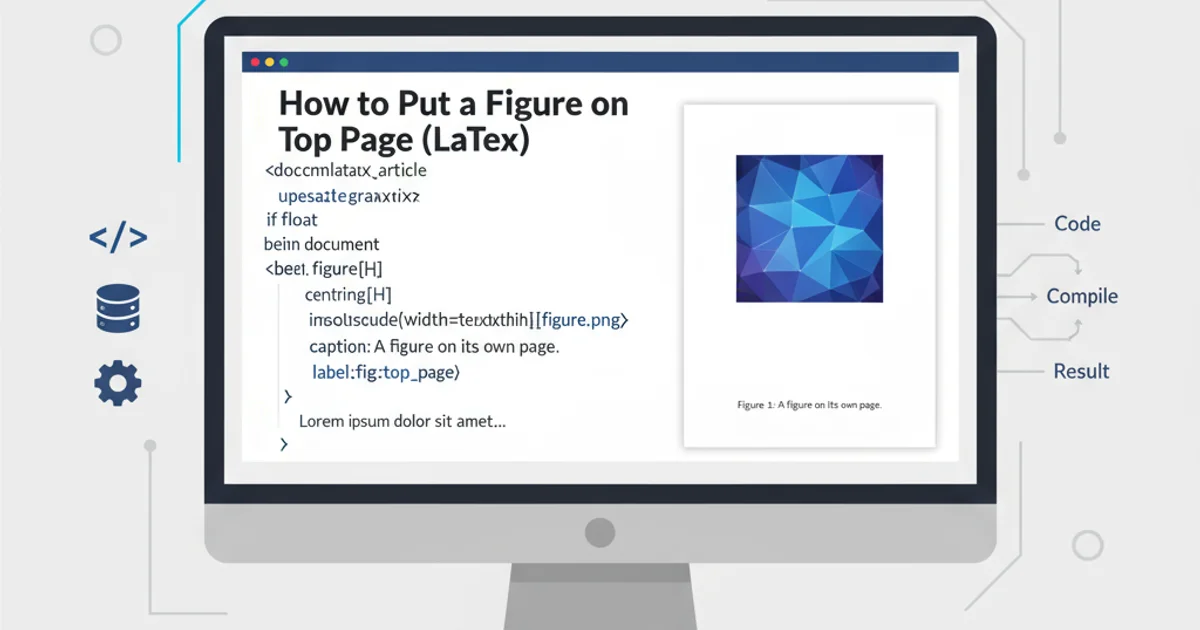add Item to List at creating object
Categories:
Adding Items to a List During Object Instantiation in C#

Learn various techniques to initialize a List property with items directly when creating a new object in C#, enhancing code readability and conciseness.
When working with C#, it's common to have classes that contain properties which are collections, such as List<T>. Often, you'll want to populate these lists with initial data as soon as you create an instance of the class. This article explores several effective ways to achieve this, ranging from constructor initialization to object initializers, and discusses their respective benefits and use cases.
The Challenge: Initializing List Properties
Consider a scenario where you have a Product class, and each product can have multiple Tags. You want to create a new Product object and immediately assign a set of tags to its Tags list. Without proper initialization, you might encounter NullReferenceException if you try to add items to a list that hasn't been instantiated yet. The goal is to make this process as clean and efficient as possible.
classDiagram
class Product {
+string Name
+List~string~ Tags
+decimal Price
+Product(string name, decimal price)
}
class Tag {
+string Name
}
Product "1" --> "*" Tag : hasClass diagram showing the relationship between Product and Tag
Method 1: Constructor Initialization
One of the most straightforward and robust ways to ensure a list property is ready for use is to initialize it within the class's constructor. This guarantees that the list is never null when an object is created, making it safe to add items immediately.
public class Product
{
public string Name { get; set; }
public List<string> Tags { get; set; }
public decimal Price { get; set; }
public Product(string name, decimal price)
{
Name = name;
Price = price;
Tags = new List<string>(); // Initialize the list here
}
}
// Usage:
var product1 = new Product("Laptop", 1200.00m);
product1.Tags.Add("Electronics");
product1.Tags.Add("Computers");
Initializing a List property within the constructor.
NullReferenceException errors.Method 2: Object Initializer with Collection Initializer
C# offers a powerful feature called object initializers, which can be combined with collection initializers to populate list properties directly at the point of object creation. This approach is very concise and readable, especially for simple initializations.
public class Product
{
public string Name { get; set; }
public List<string> Tags { get; set; } = new List<string>(); // Auto-initialized
public decimal Price { get; set; }
}
// Usage:
var product2 = new Product
{
Name = "Smartphone",
Price = 800.00m,
Tags = { "Electronics", "Mobile" } // Collection initializer
};
// Or, if you prefer to explicitly create a new list:
var product3 = new Product
{
Name = "Headphones",
Price = 150.00m,
Tags = new List<string> { "Audio", "Accessories" } // Explicit list creation
};
Using object and collection initializers to add items to a list.
Tags = { "Electronics", "Mobile" } syntax to work, the Tags property must already be initialized (e.g., new List<string>() in the property declaration or constructor). If Tags is null, you must use Tags = new List<string> { ... }.Method 3: Passing List to Constructor
For more complex scenarios or when the initial list content is determined externally, you can pass an already populated list (or an enumerable collection) directly to the constructor. This promotes dependency injection principles and makes the class more flexible.
using System.Collections.Generic;
using System.Linq;
public class Product
{
public string Name { get; set; }
public List<string> Tags { get; set; }
public decimal Price { get; set; }
public Product(string name, decimal price, IEnumerable<string> initialTags = null)
{
Name = name;
Price = price;
Tags = initialTags?.ToList() ?? new List<string>();
}
}
// Usage:
var initialProductTags = new List<string> { "Books", "Fiction" };
var product4 = new Product("The Great Novel", 25.00m, initialProductTags);
// Or with an array:
var product5 = new Product("Programming Guide", 50.00m, new[] { "Programming", "Education" });
// Or without initial tags:
var product6 = new Product("Empty Product", 10.00m);
Passing an enumerable collection to the constructor for list initialization.
IEnumerable<T> in the constructor, it's often a good idea to convert it to a new List<T> (e.g., using .ToList()) to avoid potential issues if the original enumerable is modified externally after object creation.